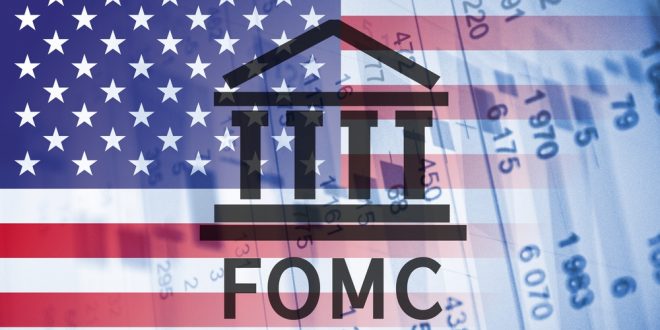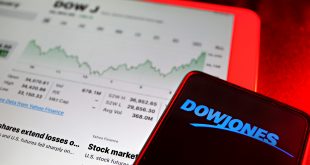The minutes of the 25-26 January FOMC meeting, released on Wednesday, said that most participants suggested that a faster pace of increases in the target rate for the Federal Funds rate than in the post-2015 period would likely be warranted.
Additional Quotes
Participants continued to stress that maintaining flexibility to implement appropriate policy adjustments on the basis of risk-management considerations should be a guiding principle.
Participants continued to judge that the committee’s net asset purchases should be concluded soon.
Many participants noted the influence on financial conditions of the committee’s recent communications and viewed these communications as helpful in shifting private-sector expectations regarding the policy outlook.
Most participants preferred to continue to reduce the committee’s net asset purchases according to the schedule announced in December, thus bringing them to an end in early March.
Participants emphasized that the appropriate path of policy would depend on economic and financial developments and their implications for the outlook and the risks around the outlook.
Most participants noted that, if inflation does not move down as they expect, it would be appropriate for the committee to remove policy accommodation at a faster pace than they currently anticipate.
Some participants commented on the risk that financial conditions might tighten unduly in response to a rapid removal of policy accommodation.
Removal of policy accommodation in the current circumstances depended on the timing and pace of both increases in the target range of the Federal Funds rate and the reduction in the size of the Federal Reserve’s balance sheet.
A couple of participants stated that they favored ending the committee’s net asset purchases sooner to send an even stronger signal that the committee was committed to bringing down inflation.
A number of participants commented that conditions would likely warrant beginning to reduce the size of the balance sheet sometime later this year.
Some participants commented on the risk that financial conditions might tighten unduly in response to a rapid removal of policy accommodation.
A few participants remarked that this risk could be mitigated through clear and effective communication of the committee’s assessments of the economic outlook, the risks around the outlook, and the appropriate path for monetary policy.
Participants anticipated that it would soon be appropriate to raise the target range for the Federal Funds rate.
Many participants commented that sales of agency MBS or reinvesting some portion of principal payments received from agency MBS into treasury securities may be appropriate at some point in the future.
Participants agreed that uncertainty regarding the path of inflation was elevated and that risks to inflation were weighted to the upside.
A few participants noted that asset valuations were elevated across a range of markets, raising concern that major realignment could contribute to a future downturn.
A few participants pointed to the possibility that structural factors that had contributed to low inflation in the previous decade may reemerge after pandemic abates.
Uncertainty about real activity was also seen as elevated.
Various participants noted downside risks to the outlook, including a possible worsening of the pandemic, the potential for escalating geopolitical tensions, or a substantial tightening in financial conditions.
A couple of policymakers judged prolonged accommodative financial conditions could be contributing to financial imbalances. A couple of others thought elevated asset valuations might prove to be less of a financial stability threat.
Many participants commented that they viewed labor market conditions as already at or very close to those consistent with maximum employment.
A couple of participants commented that, in their view, the economy likely had not yet reached maximum employment.
Various participants cited developments that had the potential to place additional upward pressure on inflation, including real wage growth in excess of productivity growth and increases in prices for housing services.
Some policymakers saw emerging risks to financial stability from the rapid growth of crypto assets and decentralized finance platforms.
Participants generally expected inflation to moderate over the course of the year as supply and demand imbalances ease and monetary policy accommodation is removed.
Some participants remarked that longer-term measures of inflation expectations appeared to remain well anchored.
Policymakers saw widespread evidence that the labor market was very tight.
As for the market’s reaction, the immediate market response to the latest minutes release has been a dovish one, with the US Dollar Index falling to lows of the day around the 95.70 level from above 95.80 prior to the release.
 Noor Trends News, Technical Analysis, Educational Tools and Recommendations
Noor Trends News, Technical Analysis, Educational Tools and Recommendations





